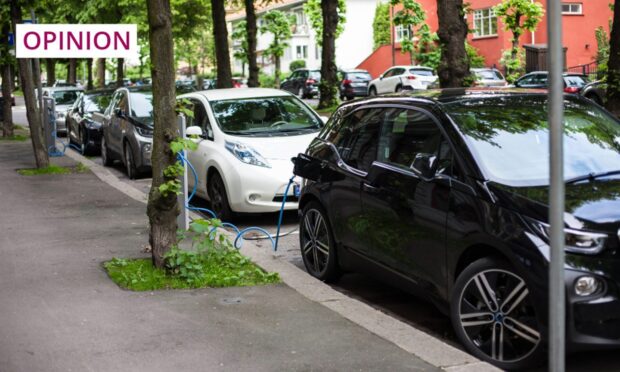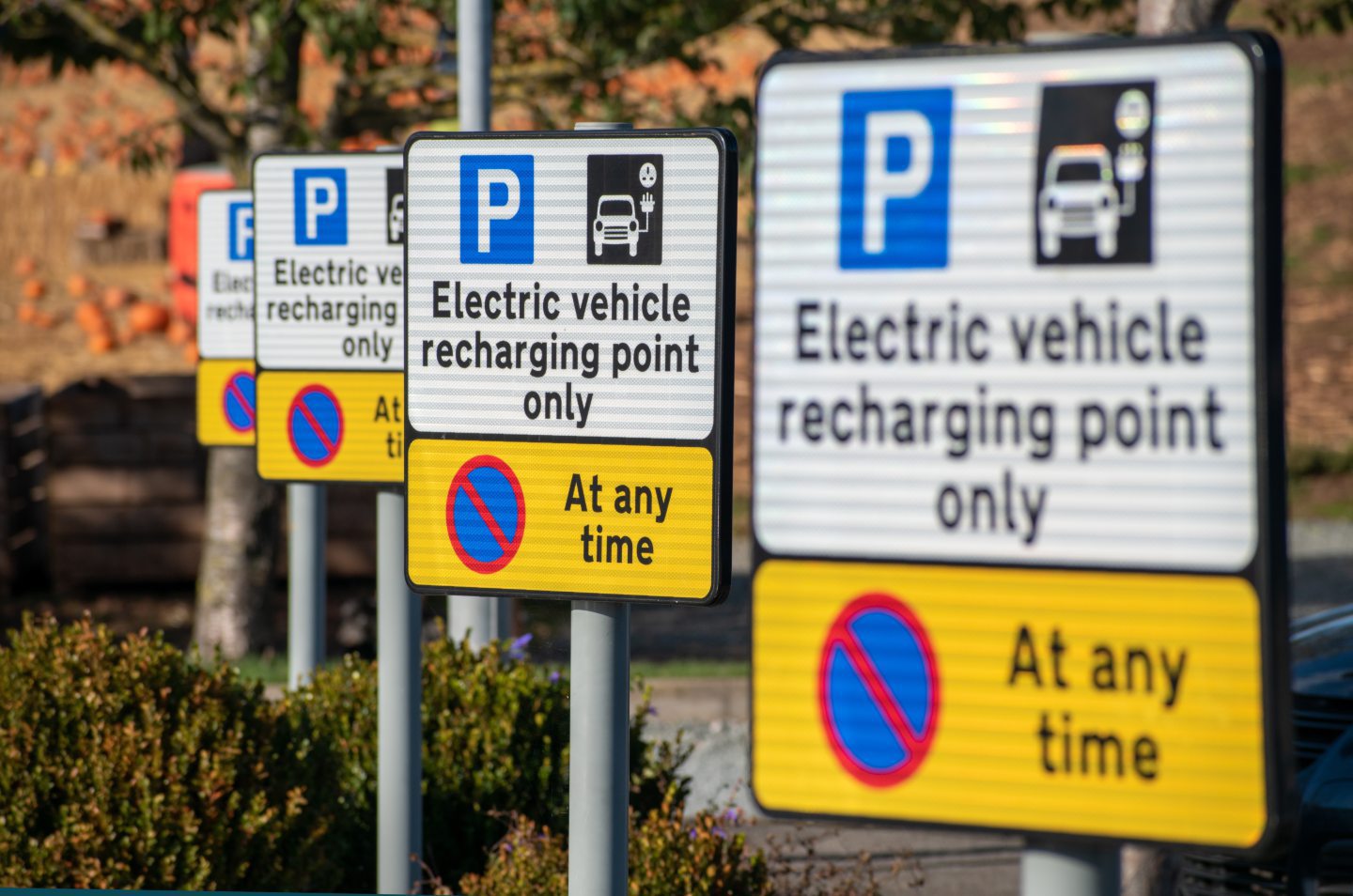In September 2023, Prime Minister Rishi Sunak reversed previous policy by postponing the ban on the sale of petrol and diesel vehicles from 2030 to 2035.
Scotland will have to abide by this change because of the provisions of the UK Internal Market. Sunak said a ban would impose “unacceptable costs” on ordinary people. Germany is also said to be having cold feet about blanket bans on fossil-fuelled cars.
Reactions to Sunak’s reversal have been mixed. Some folk welcome it, as it gives consumers the “right to choose”. Manufacturers and dealers who have been preparing for the switch in 2030 have reacted negatively, as they have had to change their long-term plans.
Norway is already committed to ending the sale of petrol and diesel vehicles and going fully electric in 2025. And the country has already gone a long way to meet this ambitious goal. In 2022, around 80% of vehicles sold (174,000 of them) were electric, and 21% of the entire fleet was electric.
Scotland and Norway have about the same population (5.4 million), but the situation in Scotland is quite different. Although both countries have almost three million vehicles each, only 5.6% of Scotland’s vehicles are electric or hybrid whilst, in Norway, 33% are. During 2021, about 22% of new vehicles registered in Scotland were electric or hybrid, compared with Norway’s 80%.
Norway has had a very aggressive policy to promote the sales and use of electric vehicles (EVs). Until 2023, they were free of tax and VAT. In Oslo, they have been allowed to use taxi and bus lanes unhindered, and have been exempt from the road tolls you must pay to enter any city in Norway.
However, these concessions, together with the fact that running an EV is very much cheaper than a petrol or diesel one, have perhaps made EVs a bit too popular for their own good. Sales have exceeded targets for many years.
Last year, the Norwegian Government, therefore, reduced the benefits available to EVs. Now, the purchase price of new electric cars or vans has to include tax and VAT.
Electric vehicles may no longer use lanes reserved for buses and taxis, unless the vehicle has one or more passengers in addition to the driver. And, to enter any major city in Norway, EVs must now pay the equivalent of around £1. This is half of what a petrol or diesel vehicle is charged.
Leading the charge – with plenty of charging points
Of course, the reasons for Norway adopting electric vehicles more quickly than Scotland are not straightforward. But one is that Norway has a very plentiful supply of cheap electricity – over 90% comes from hydropower.
Another is that Norway is trying to offset the carbon emissions of its very substantial oil and gas industry. These emissions, which are still some of the highest in the world, are enough to give the country a guilty conscience.
When it comes to charging points, Norway has more than Scotland, for two main reasons. Firstly, Norway is a very much bigger country than Scotland.
Norway has almost one million EVs, whereas Scotland has about 200,000. So, you need a lot more charging points
From Oslo to Hammerfest in the far north is just over 2,000 kilometres by road. From Stranraer to Thurso, it is 582 kilometres. Since the maximum range of an EV is around 600 kilometres, you might make Stranraer to Thurso in one go. From Oslo to Hammerfest, you would need to charge at least three times.
Secondly, Norway has a lot more electric vehicles. Norway has almost one million, whereas Scotland has about 200,000. So, you need a lot more charging points.
As electric car ownership spreads in Norway, more and more folk are installing their own private charging stations. In the garage of the flats where I live, we have been offered our own charging point for about £300. As I only have a bike and not a car, I did not take up the offer.
Signs EV enthusiasm is waning in Norway
But there are signs that enthusiasm for electric cars here in Norway is waning. A recent
report says 71% of motorists do not agree to phasing out by 2025. Increasing taxes and
more restrictions on use are some of the reasons.
Another is the belief that petrol and diesel cars will still be needed for various tasks after 2025. One motorist is quoted as saying that electric vehicles are fine, as long as you are not planning to go anywhere…
How is Scotland going to fare? Will the PM’s postponement by five years give Scots a chance to sit back, relax and wait until they have to change? Or, will the Scottish Government adopt a more aggressive approach, and use the switch to electric to hasten a net-zero Scotland?
Originally from Scotland and now living in Norway, Mike Fergus is a retired consulting economist and partner in a Norwegian consulting firm


Conversation